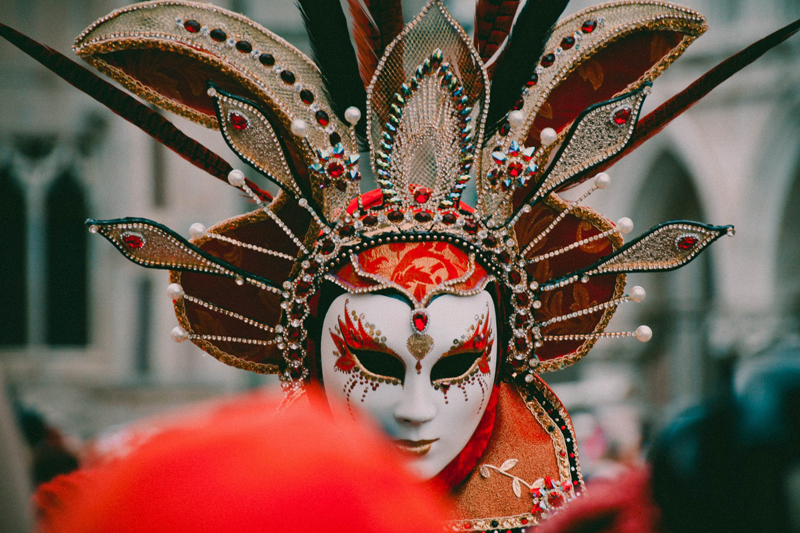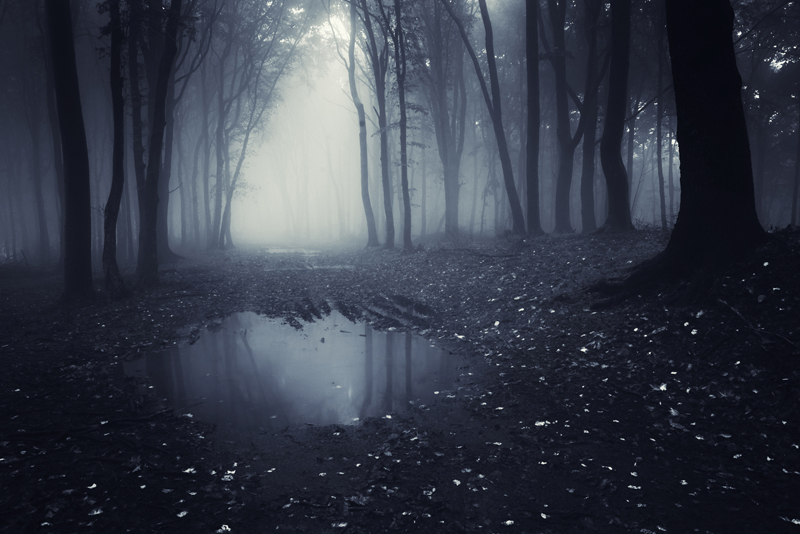Gatsby Costumes and the Roaring 20s -- Men

Gentlemen, I know you’ve been watching Boardwalk Empire and wishing you could look at good in a suit. Are you wondering why the business suits you have in your closet just don’t look the same? Are we really shaped that differently from our grandfathers? Nope. The truth is that suits in the 1920s were cut very differently than they are today. And I am here to tell you those differences.
First of all, the trousers. Modernly, men wear their trousers and jeans sitting on their hipbones. In the 1920s, trousers sat at the natural waist or even a little higher – at the level of the navel. This gives the impression of “old man pants” when worn alone, but remember that suits in the 1920s always included waistcoats or vests. The main purpose of the vest was to cover the unsightly area visible between the front edges of a gentleman’s suit jacket. Vests were also shorter than they are today and fitted more snuggly to the body. This makes a nice silhouette when your jacket is off.
Also the level of the trousers could be adjusted at will. Trousers were not usually made to be worn with belts. This was an American innovation that came from the practice of the lower classes tying ill-fitting jeans up with a piece of cord around their waists. The Prince of Wales decided -- for reasons un-understood -- to instruct his tailors to make his trousers this way, and the trend came to the UK. But in the 1920s, suspenders or “braces” were the way a gentleman held up his trousers. If the needed to be higher for sporting pursuits or lower for evening wear, they could be adjusted at will by raising or lowering the suspenders.
Suits from the 1920s were not unlike suits from the 1960s or 1980s with their narrow lapels and skinny cut. But the focus of the 1920s men’s suit was to emphasize the narrowness of the waist (in stark contrast to women’s fashions of the time which sought to hide the waist). So if you want to remake a 60s or 80s suit in 1920s style, it can be done, but there will have to be a lot of tailoring to nip in the middle.
Additionally, the slide fastener or “zipper” was just beginning to be used on women’s dresses at this time and was not yet thought reliable enough to close men’s trouser flies. So all 1920s trousers were button fly.
Here’s a great source for Roaring 20s patterns
Men’s suits suitable for Gatsby’s era can be found here: https://store.reconstructinghistory.com/historical-clothing/20th-century.html
First of all, the trousers. Modernly, men wear their trousers and jeans sitting on their hipbones. In the 1920s, trousers sat at the natural waist or even a little higher – at the level of the navel. This gives the impression of “old man pants” when worn alone, but remember that suits in the 1920s always included waistcoats or vests. The main purpose of the vest was to cover the unsightly area visible between the front edges of a gentleman’s suit jacket. Vests were also shorter than they are today and fitted more snuggly to the body. This makes a nice silhouette when your jacket is off.
Also the level of the trousers could be adjusted at will. Trousers were not usually made to be worn with belts. This was an American innovation that came from the practice of the lower classes tying ill-fitting jeans up with a piece of cord around their waists. The Prince of Wales decided -- for reasons un-understood -- to instruct his tailors to make his trousers this way, and the trend came to the UK. But in the 1920s, suspenders or “braces” were the way a gentleman held up his trousers. If the needed to be higher for sporting pursuits or lower for evening wear, they could be adjusted at will by raising or lowering the suspenders.
Suits from the 1920s were not unlike suits from the 1960s or 1980s with their narrow lapels and skinny cut. But the focus of the 1920s men’s suit was to emphasize the narrowness of the waist (in stark contrast to women’s fashions of the time which sought to hide the waist). So if you want to remake a 60s or 80s suit in 1920s style, it can be done, but there will have to be a lot of tailoring to nip in the middle.
Additionally, the slide fastener or “zipper” was just beginning to be used on women’s dresses at this time and was not yet thought reliable enough to close men’s trouser flies. So all 1920s trousers were button fly.
Here’s a great source for Roaring 20s patterns
Men’s suits suitable for Gatsby’s era can be found here: https://store.reconstructinghistory.com/historical-clothing/20th-century.html

Related Articles
Editor's Picks Articles
Top Ten Articles
Previous Features
Site Map
Content copyright © 2023 by Kass McGann. All rights reserved.
This content was written by Kass McGann. If you wish to use this content in any manner, you need written permission. Contact Brandi Ford for details.





